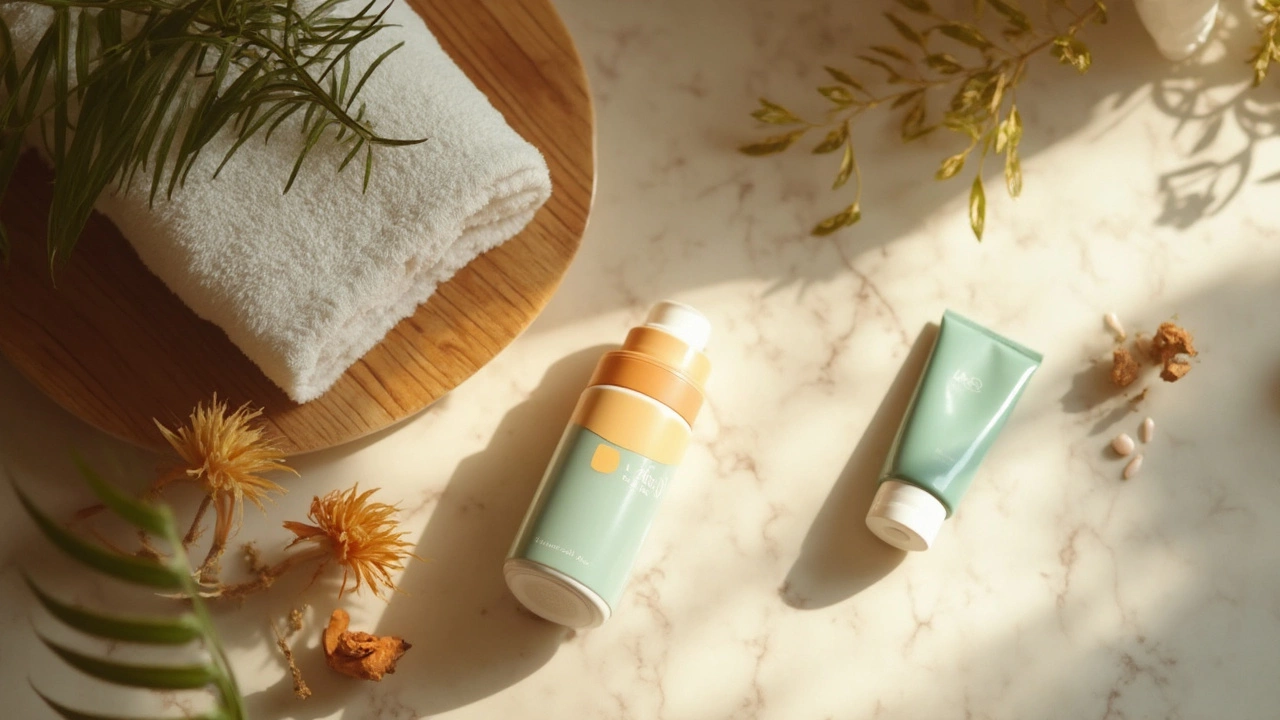Figuring out which skincare treatments actually help can feel overwhelming, especially when every product claims to be essential. This guide breaks down the true basics—what you actually need to start out with, whether your skin is dry, oily, or somewhere in between. Learn how to choose cleansers, exfoliate safely, pick the right moisturizer, and why skipping sunscreen is never a good idea. You'll find out what makes a basic routine work and how to make it fit your day. Think of this as your no-nonsense crash course for healthy, decent-looking skin.
Read MoreExfoliation: What It Is and Why It Matters
Exfoliation is just a fancy word for removing dead skin cells from the surface of your skin. When you get rid of that built‑up layer, fresh skin can show up, making your face feel softer and look brighter. It also helps other skin products work better because they can reach deeper layers.
Choosing the Right Exfoliant
There are two main types: physical and chemical. Physical exfoliants are tiny grains or beads that you rub onto the skin. Think sugar scrub, coffee grounds, or even oatmeal. They’re easy to find and work right away, but you need to be gentle – harsh grains can irritate the skin.
Chemical exfoliants use acids like glycolic, lactic, or salicylic acid. These acids dissolve the glue that holds dead cells together, so you don’t have to scrub. They’re great for people with sensitive skin or acne because they can unclog pores without harsh rubbing.
If you prefer natural options, try a honey‑and‑lemon mask. Honey is soothing, lemon adds mild acid, and together they give a gentle polish. Another favorite is a banana mash mixed with a little yogurt – the banana’s natural enzymes work like a soft chemical exfoliant.
How Often Should You Exfoliate?
More isn’t always better. Over‑exfoliating can strip away natural oils and cause redness or irritation. Most skin types do fine with 2‑3 times a week. If you have oily or acne‑prone skin, you might get away with three times, but watch for signs of irritation.
For dry or sensitive skin, once a week is usually enough. Start slow: try a gentle physical scrub on your forearm, wait 24 hours, and see how it feels. If there’s no burning or itching, you can move to your face. Always follow up with a moisturizer to lock in hydration.
Pay attention to the time of day, too. Exfoliating at night gives your skin a chance to repair while you sleep. After you exfoliate, apply a calming serum or simple aloe gel before your night cream.
Remember, the goal isn’t to strip the skin but to give it a fresh start. Pair exfoliation with sunscreen during the day because the new skin cells are more sensitive to UV light.
In short, pick a method that feels comfortable, keep the frequency low, and moisturize well. You’ll notice smoother texture, fewer breakouts, and a brighter complexion without any complicated routines.





